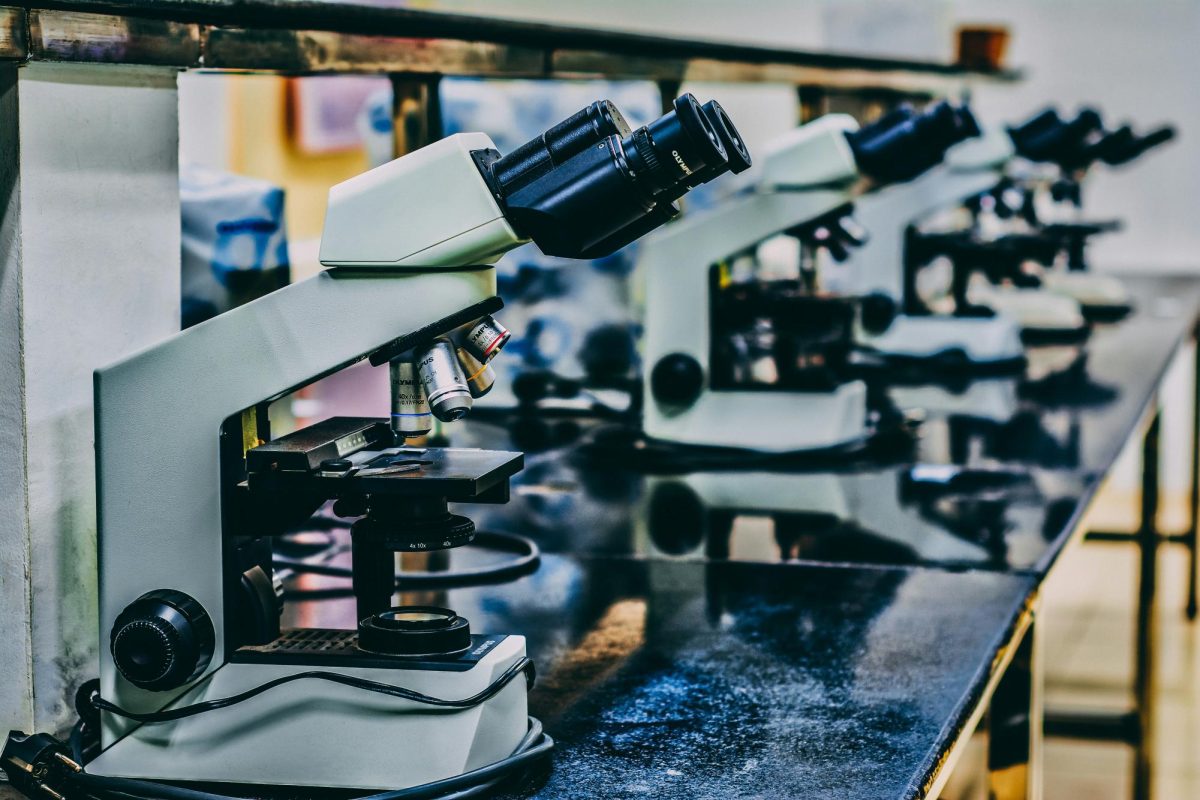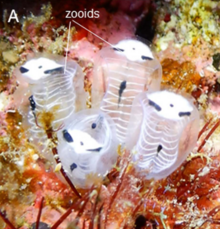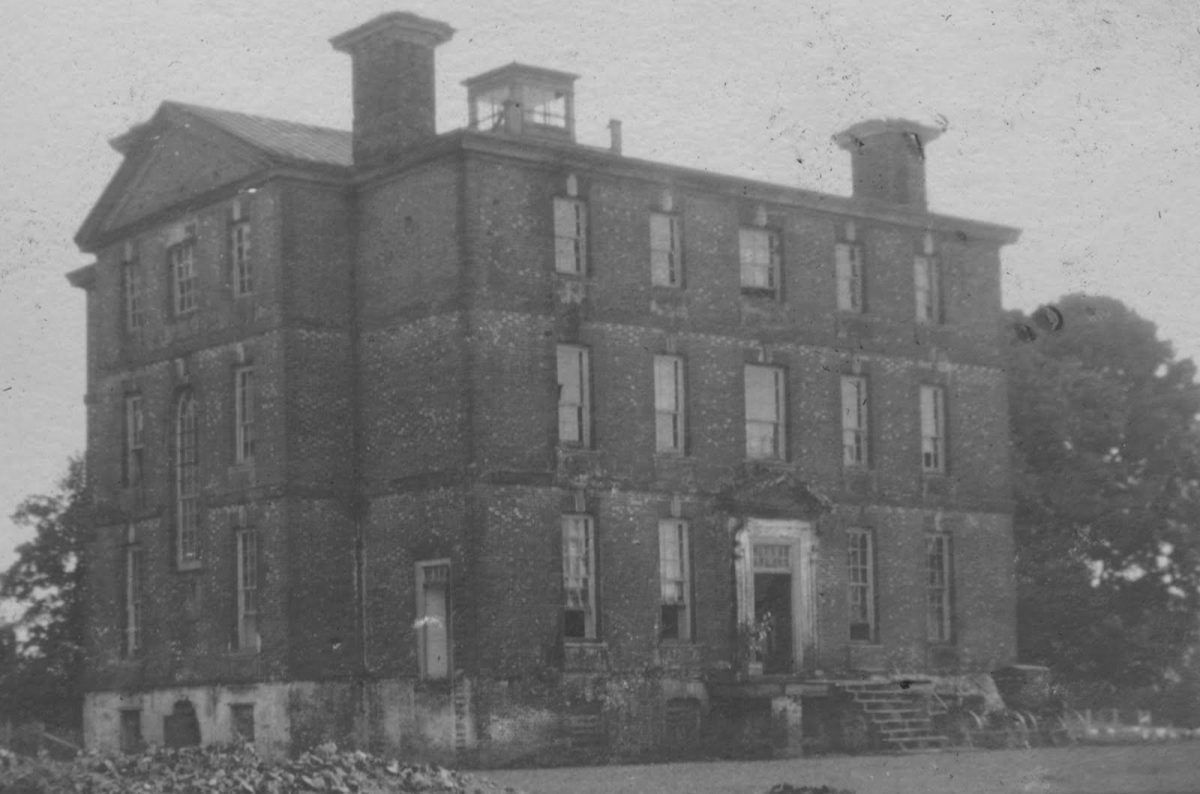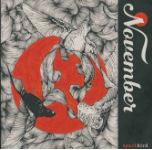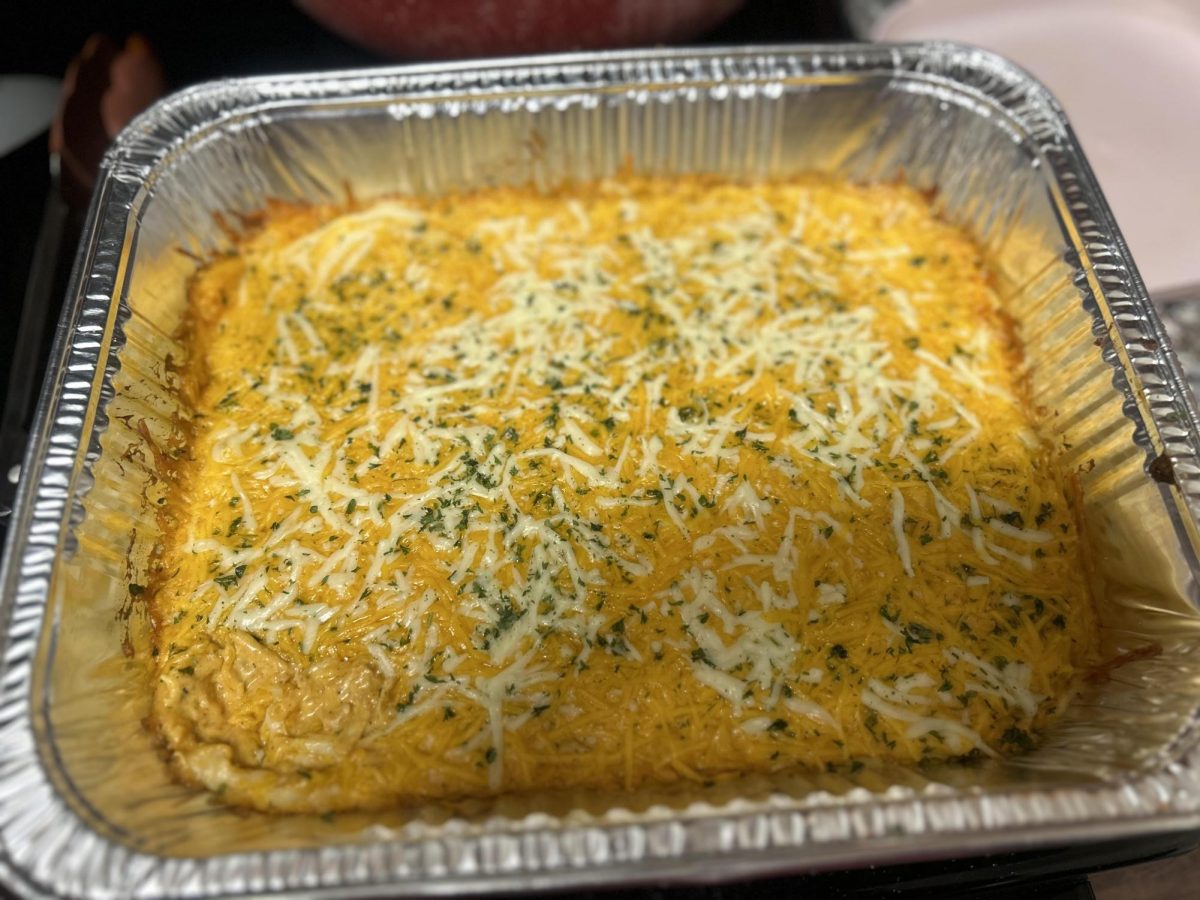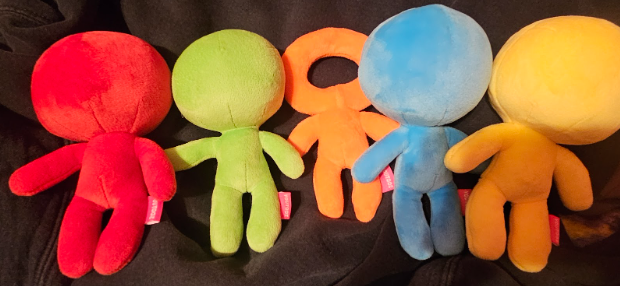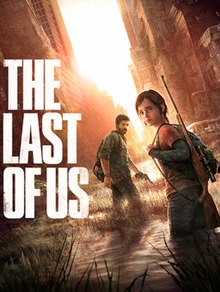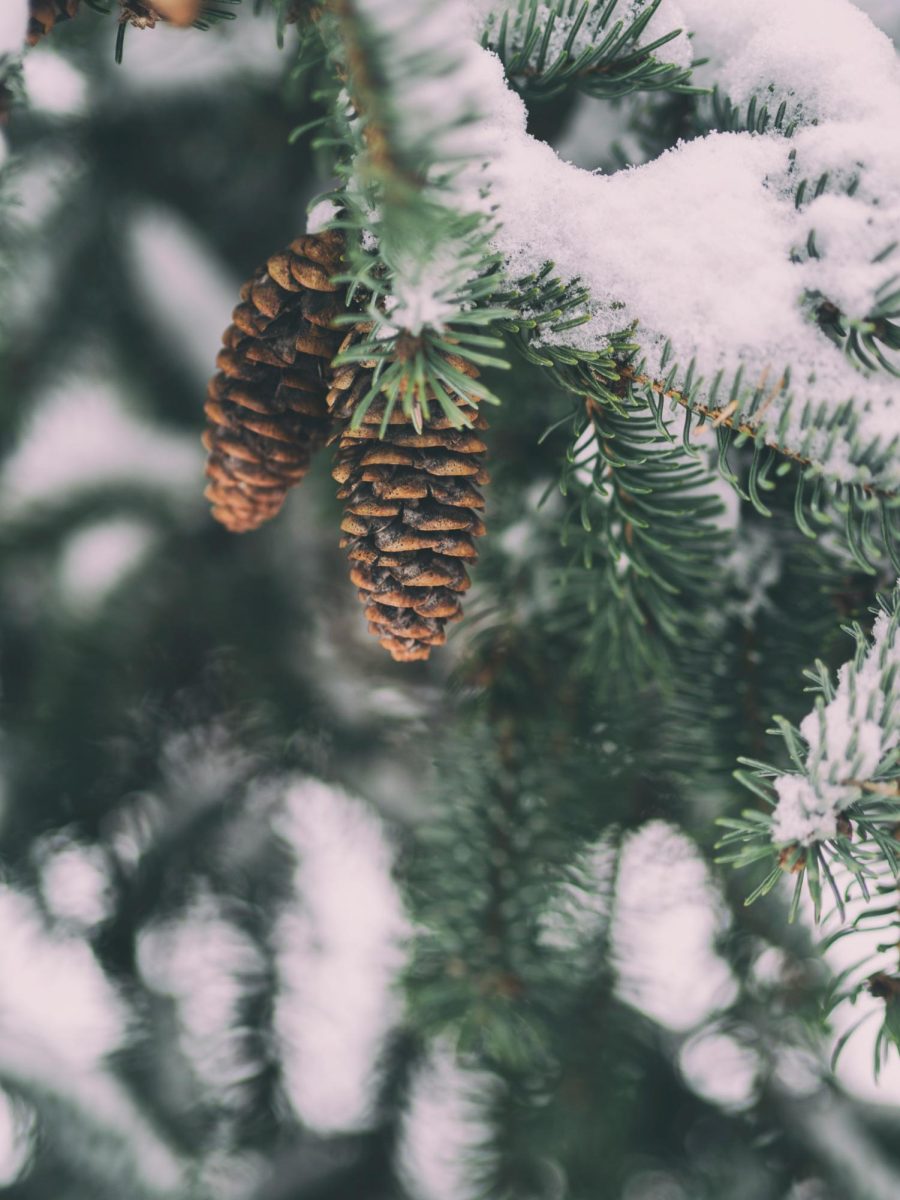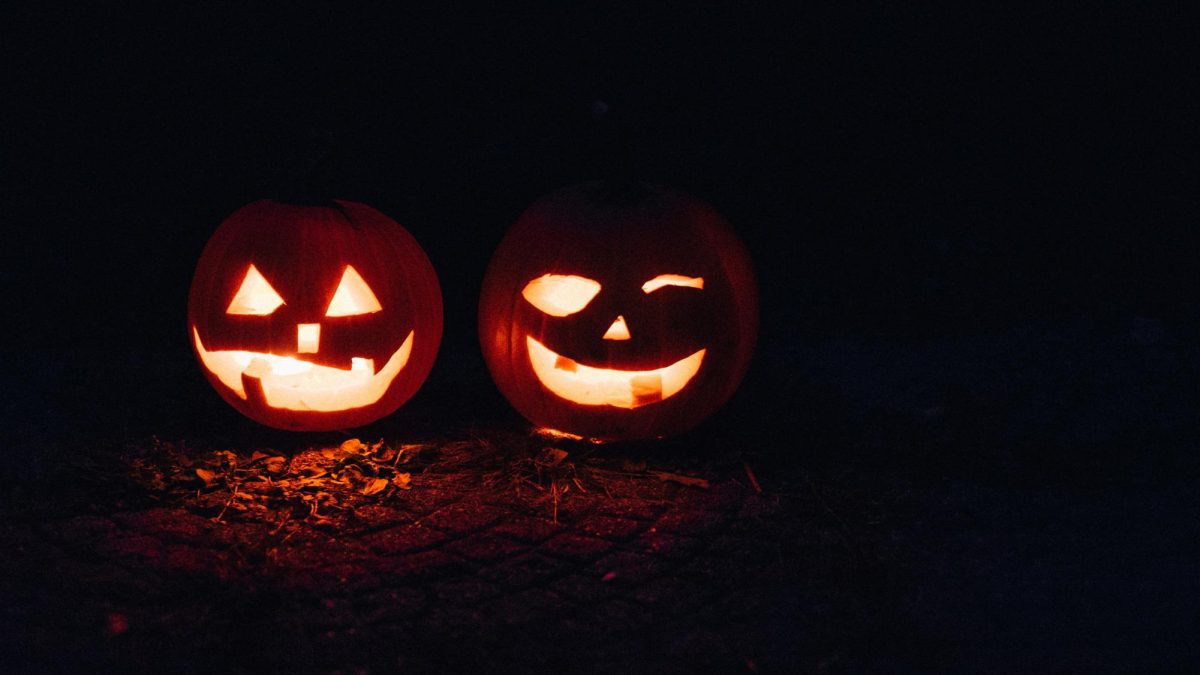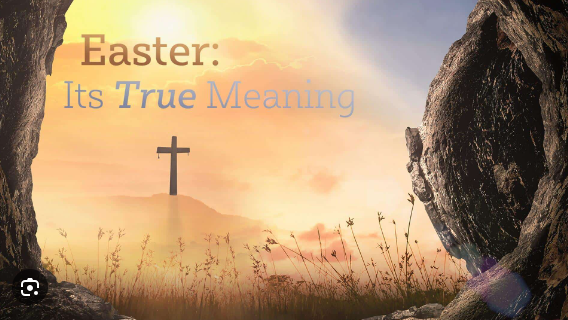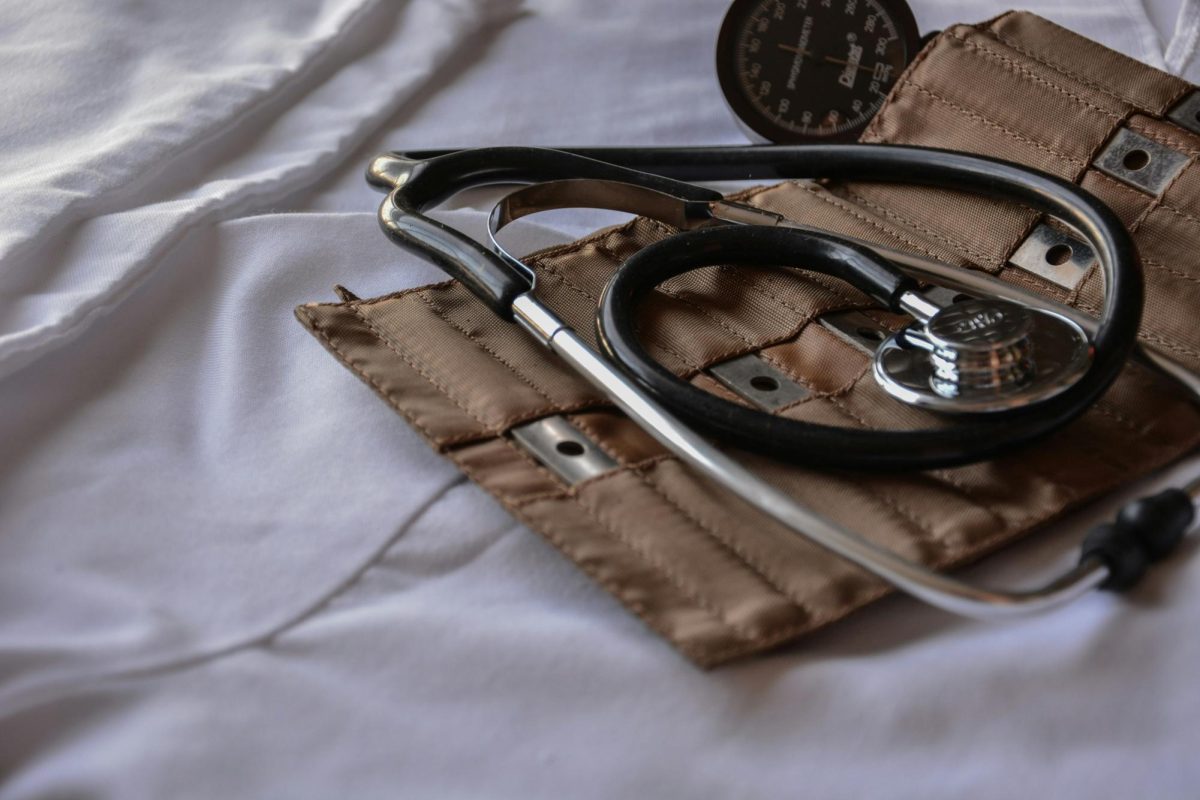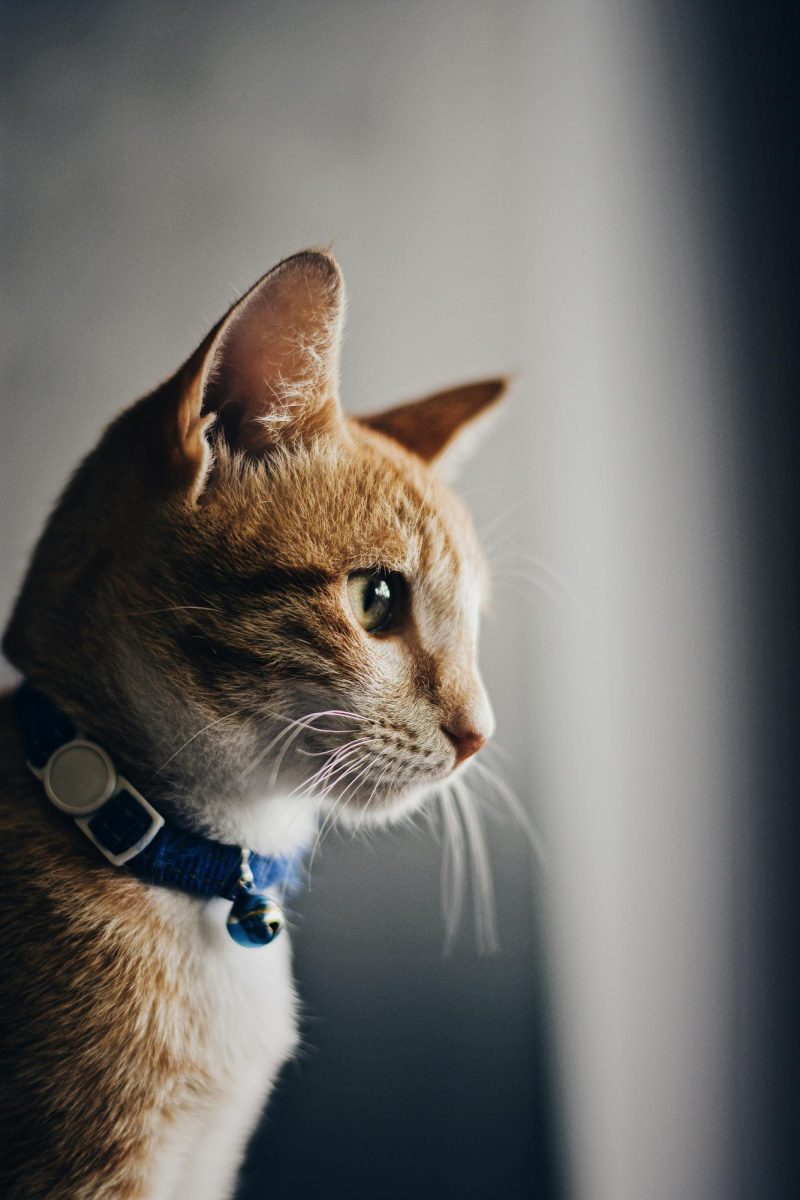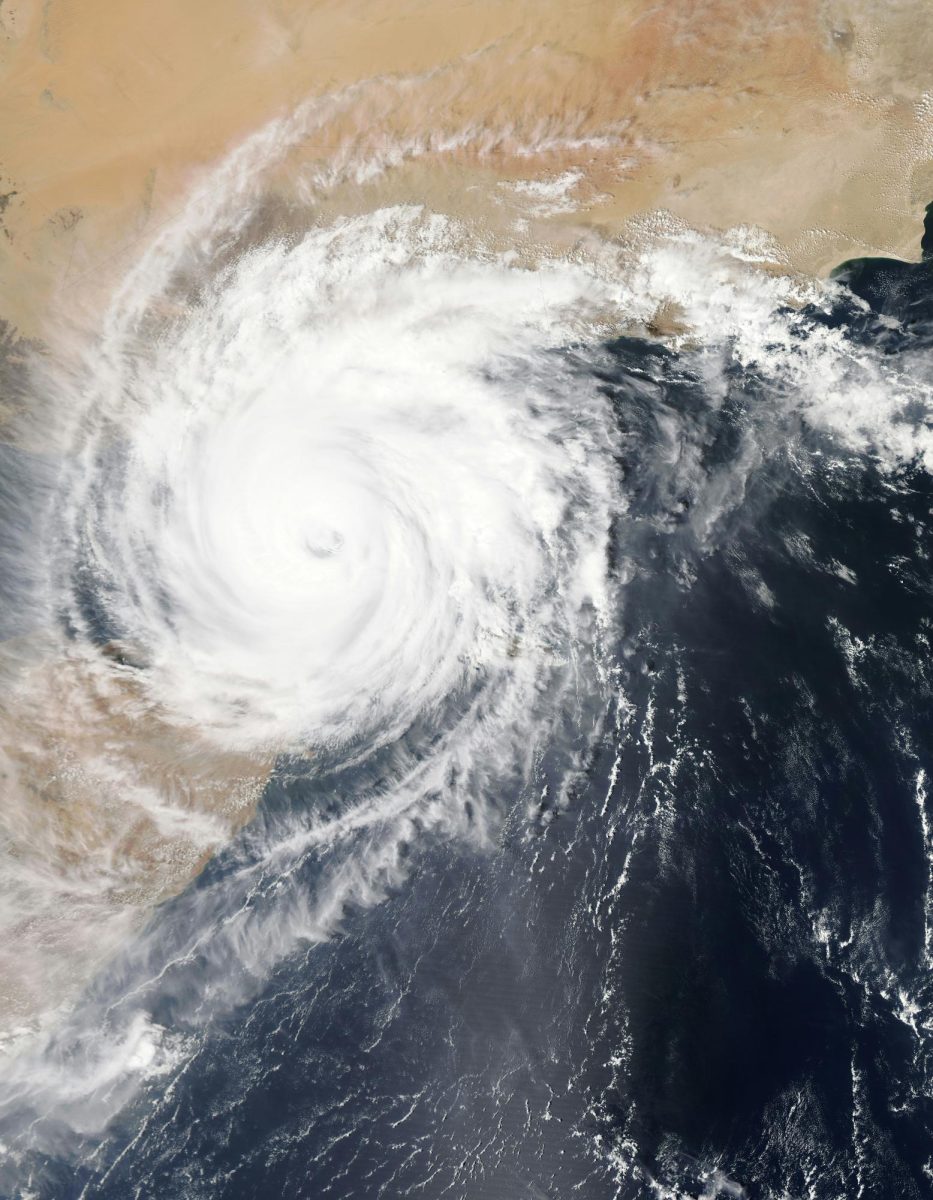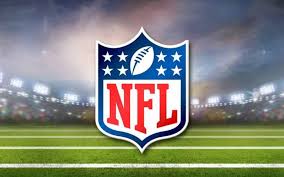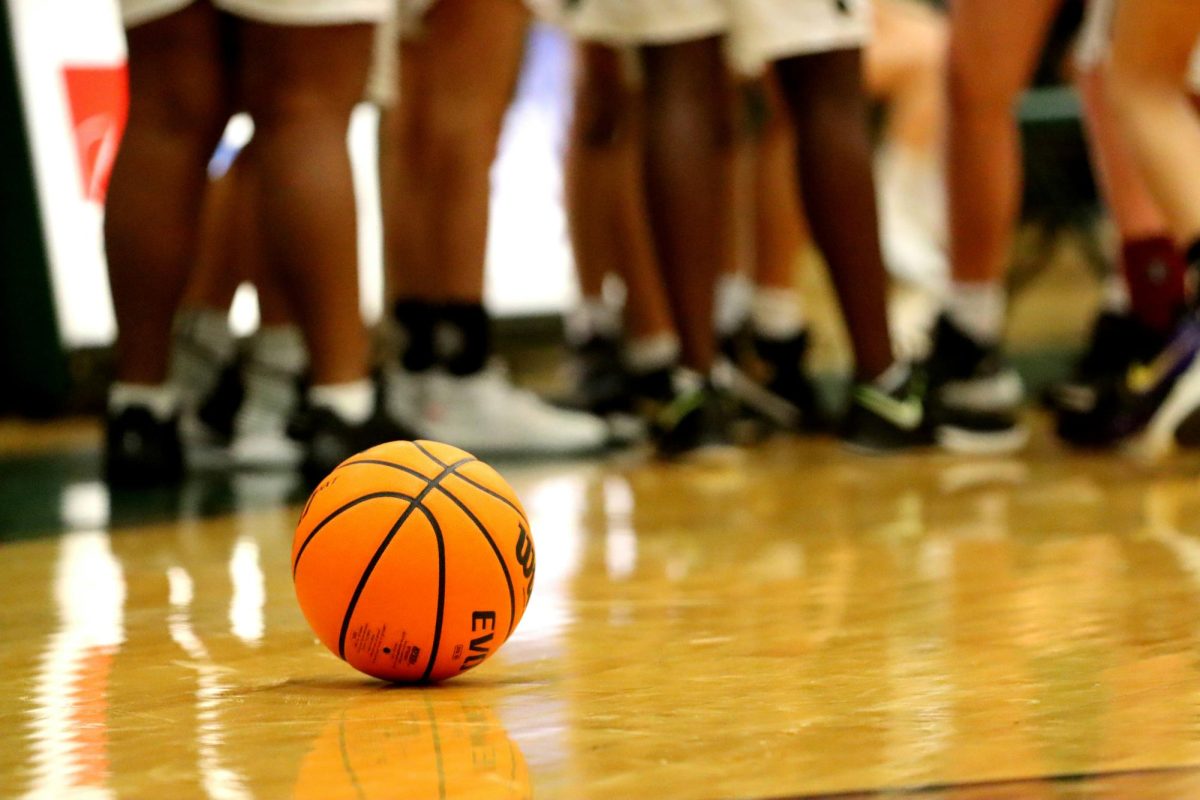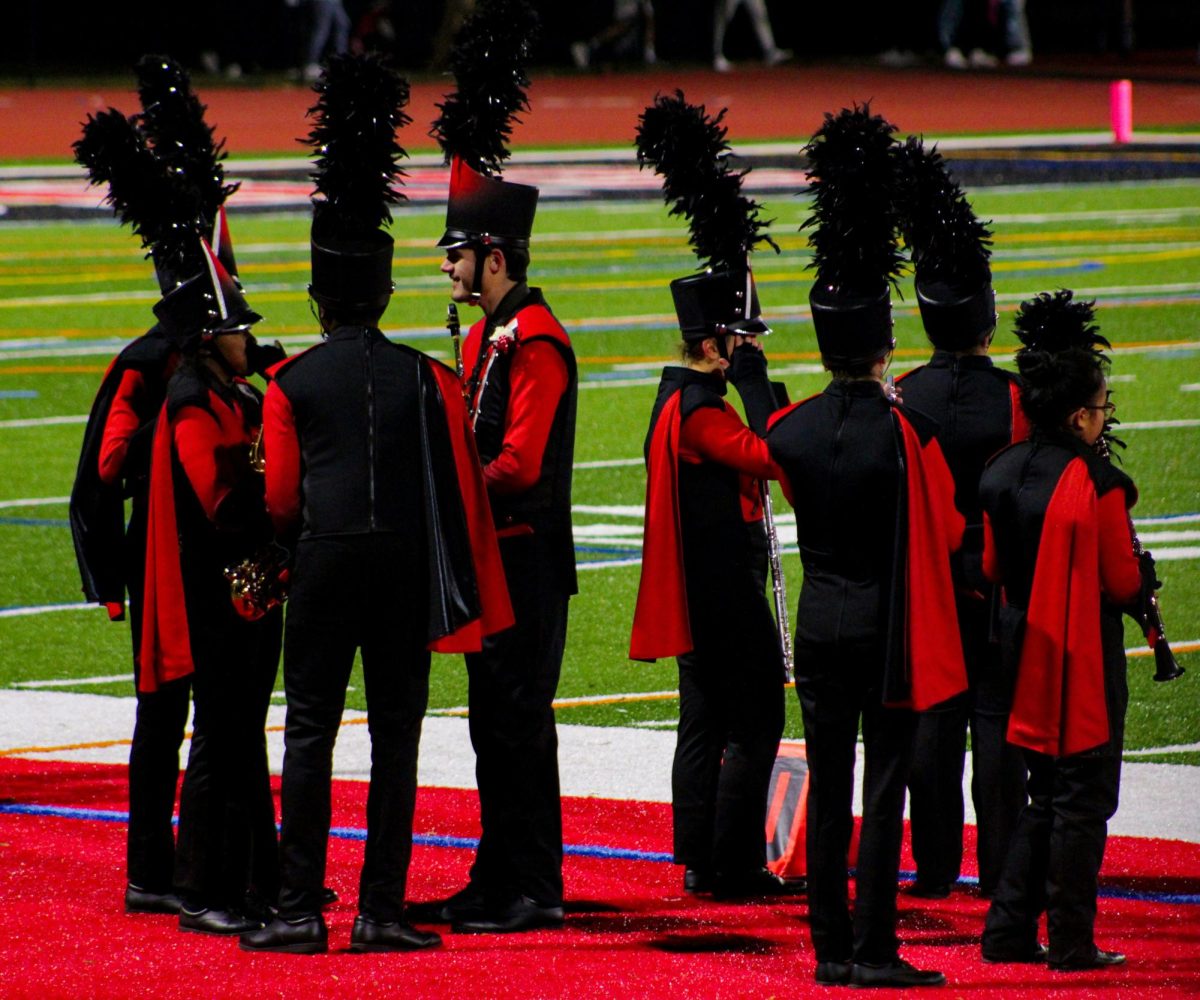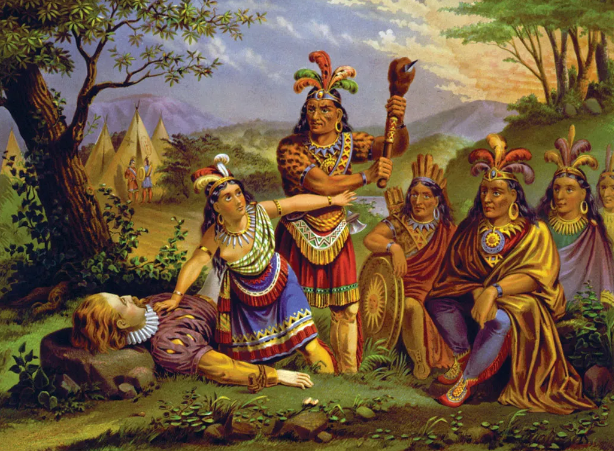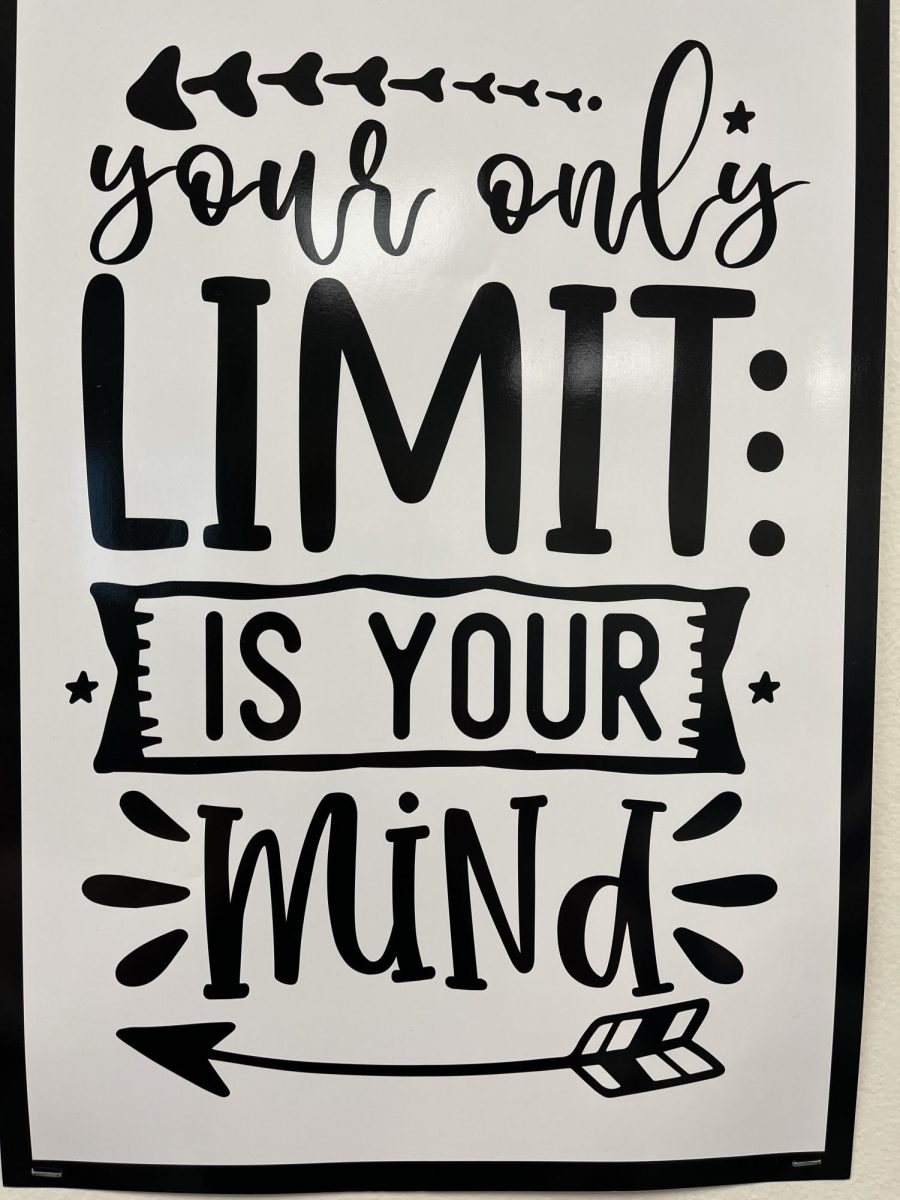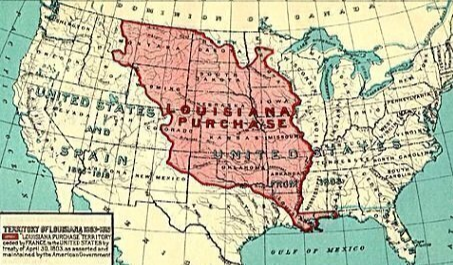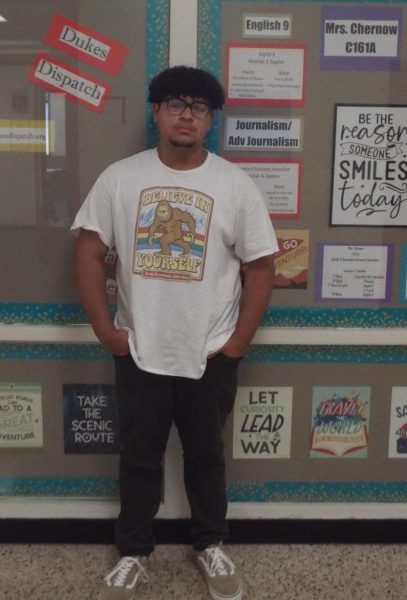In 1607, the seed of the United States was planted in Jamestown, Virginia. At this point, a group of Native Americans had occupied the land for thousands of years. They offered to become allies with them if the settlers gave them two guns and a grindstone, and in return, the Powhatans welcomed the settlers with open arms, helping them throughout the winter, hunting, giving them medicine, and teaching them how to farm. The Powhatans did have mixed feelings however, especially since they had some hostility with Spanish explorers along the coastline a few decades earlier, but they still treated them as allies if they would respect the land and Chief. With the English only coming to this area for riches and not expecting to do hard labor, they quickly became dependent on the Powhatans for food and water, since the water near the James River was brackish (a mix of freshwater and saltwater), which caused disease. Near the end of 1607, supplies were dwindling and the settlers lacked any knowledge of how to grow food. It is widely believed that there was a 7-year period with severe drought that not only affected the English but the natives as well. Even with the Natives being in the same boat as the colonists, they still went out of their way to give their food to the colonists, noticing that their population was on a thread. In the beginning, the natives were seen as a pawn for this game of growth and power.
“The starving time” began in the Winter of 1609. A ship full of new colonists came, and they were expected to arrive with supplies but came empty-handed as a hurricane had swept them away. Relations between the English and Powhatans were getting rocky as more and more tension rose. It was a hard time, and that’s when Chief Powhatan realized that they were there to stay. They laid siege on James Fort, not allowing the English to get outside food. At this point, they wanted to drive them out so they could have land they’d occupied for thousands of years. This was a dark year for the English, with some men even participating in cannibalism. In May of 1610, two English ships finally arrived with new supplies, ending the starving time. The colonists had survived near death.
After the starving period, tensions with the Indians were at a high, with kidnappings and wars becoming normal; this would change when 1613 came. Captain Samuel Argall managed to capture Pocahontas to get Chief Powhatan to give their men back, but through this capture, she managed to fall in love with John Rolfe. They soon wanted to marry, causing a domino effect, having her convert to Christianity, later getting married with John in 1614, starting peace with the Powhatans. John and Pocahontas (now named Rebecca) toured England in 1616, having all of their expenses paid by the Virginia Company of London. In March of 1617, the Rolfe family were preparing to leave for Virginia, but Pocahontas fell ill, quickly killing her the same month. She was buried March 21st of 1617. Pocahontas’ death cracked the relationship with the colonists, and then the next year, Chief Powhatan died, killing what little peace was left. The once extinguished flame of war was reignited, and with that, many more people lost their lives as well as their homes.
In Virginia of 1622, the Powhatan tribe (Chief Opechancanough now in charge) wanted the colonists to leave as the tribe ran out of patience and wanted to go to war. On March 22nd, 1622, they ordered a surprise attack on plantations and settlements after a settler killed Chief Opechancanough’s adviser, Nemattanew. They would come to the settlers’ homes, offering to trade with them, then murdered the men, children, and women in the houses. It spread from towns along the James River to Henricus, Wolstenholme Towne, and then finally Martin’s Hundred. They killed and captured around a quarter or a third of the English in the Jamestown settlement. After this, Chief Opechancanough believed this would finally have the English leave, but it only started a war. The Colonists retaliated by destroying, burning, and killing anyone they could. They did everything they could to make the Powhatans as miserable as possible, even disrupting their hunting and fishing. Many more wars followed behind it, like when a group of settlers tried setting up a trading expedition with the Powhatans, ending with 20 colonists killed and more captured. In May of 1623, Captain William Tucker proposed peace between the Powhatan village and brought poisoned wine, instantly killing 200 Powhatans and slaughtering another 50.
In 1644, more than a decade after the Powhatans and English went to peace again in 1632, Chief Opechancanough led another attack on Jamestown, killing hundreds of colonists. The attack ended with the Chief being captured and murdered, sparking war for 20 more years before another peace treaty was realized. For several decades, the Powhatans were used to survive and treated as allies until they made the mistake of wanting to keep the land they’ve lived in for thousands of years, for wanting to keep their food that they worked for, and for being compassionate by trying to assist the colonists multiple times even after they’ve done wrong.



